In the misty hills of Argyll, Scotland, lies a treasure that has survived the passing of millennia. Achnabreck, with its enigmatic rock carvings dating back over 5,000 years, stands as a testament to our ancestors’ artistic vision and spiritual connection to the land. This remarkable site continues to baffle experts and captivate visitors, inviting us to decode messages left by hands that worked stone when writing was yet unknown.
The Ancient Canvas of Kilmartin Glen
The sprawling rock surfaces of Achnabreck hold Scotland’s largest and most complex collection of prehistoric rock art. Nestled above Lochgilphead in the archaeologically rich Kilmartin Glen, these weathered stones display an intricate tapestry of symbols: concentric circles expanding like ripples in water, mysterious cup marks hollowed into the stone, and spirals that seem to twist into infinity.
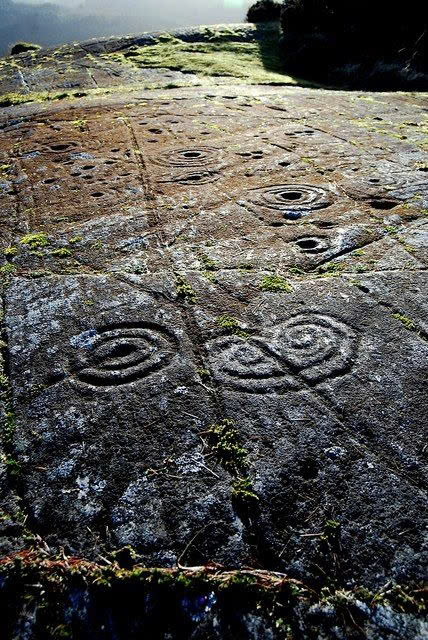
What makes Achnabreck particularly fascinating is the deliberate interconnection between these symbols. Lines cut through circles, joining distant markings in ways that suggest purpose and meaning. Some carvings overlap others, hinting at a site that was revisited and reworked over centuries, perhaps even millennia.
Symbols Across Ancient Seas

The spirals at Achnabreck echo similar designs found across the Irish Sea, suggesting cultural connections that spanned beyond Scotland’s shores. These shared artistic expressions paint a picture of prehistoric communities with broader networks than we might imagine, exchanging ideas and perhaps beliefs across vast distances.
Voices from the Neolithic and Bronze Age

Dating from approximately 3500 to 1000 BCE, the carvings at Achnabreck were created during a transformative period in human history. The people who etched these symbols into stone lived through the transition from hunter-gatherer societies to early farming communities and later witnessed the dawn of metalworking.
Tools of Creation
With no metal tools at their disposal, these ancient artists likely used fragments of quartz to hammer and etch their designs. Archaeological evidence suggests that white quartz pieces, found near similar sites, served as their chisels and hammers. The precision of the carvings speaks to both patience and skill, as creating even a single complex design would have required hours of careful work.
A Sacred Landscape
Standing at Achnabreck today, one is struck by the panoramic views that unfold across Kilmartin Glen. This strategic position likely held profound significance for the people who created the carvings.
The Convergence of Worlds
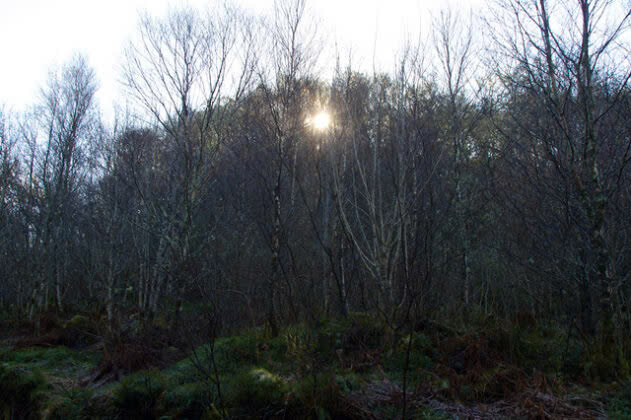
Many archaeologists believe Achnabreck was part of a sacred landscape where physical and spiritual realms were thought to intersect. The site doesn’t exist in isolation but forms part of a complex that includes standing stones, burial cairns, and other ceremonial structures scattered throughout Kilmartin Glen.
The carvings may have marked boundaries between worlds, served as maps of the cosmos, or functioned as focal points for rituals tied to the cycles of nature. The circular motifs might represent life and death, while spirals could symbolize journeys, transformation, or the movement of celestial bodies.
The Language of Stone
What message were the carvers of Achnabreck trying to convey? Without written records from this preliterate society, we can only speculate about the meanings behind these symbols.
Theories and Interpretations
Some scholars suggest the carvings might have recorded astronomical observations or mapped important locations. Others propose they served as territorial markers or held significance in shamanic practices, possibly representing visions experienced during ritual trances.

The positioning of certain symbols may align with significant solar events, suggesting a connection to seasonal cycles that would have been crucial for early agricultural communities. Yet despite our best efforts at interpretation, the true meaning remains elusive—a language we can see but cannot fully translate.
Experiencing Ancient Art Today
Today, Achnabreck welcomes visitors via a forest track and marked woodland path just north of Lochgilphead. As you approach the site, there’s a sense of stepping back through layers of time, walking the same ground as those who left their mark thousands of years before.
A Journey Through Time
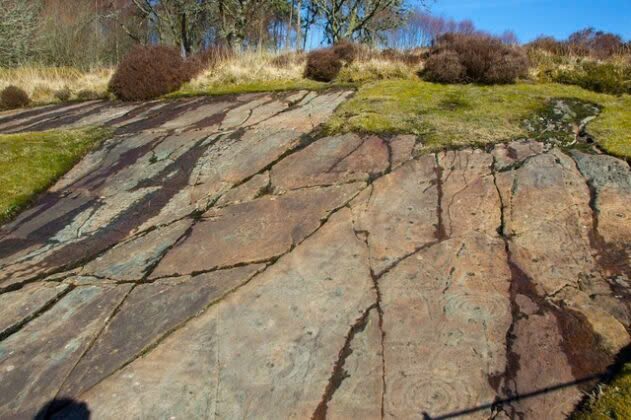
The surrounding oak forest creates a natural sanctuary, and on clear days, the views extend across the glen, offering a glimpse of the landscape as it might have appeared to ancient eyes. In the quiet of this remote hillside, it’s easy to feel a connection to those who came before, their hands working patiently at the rock face.
Video
The Enduring Mystery
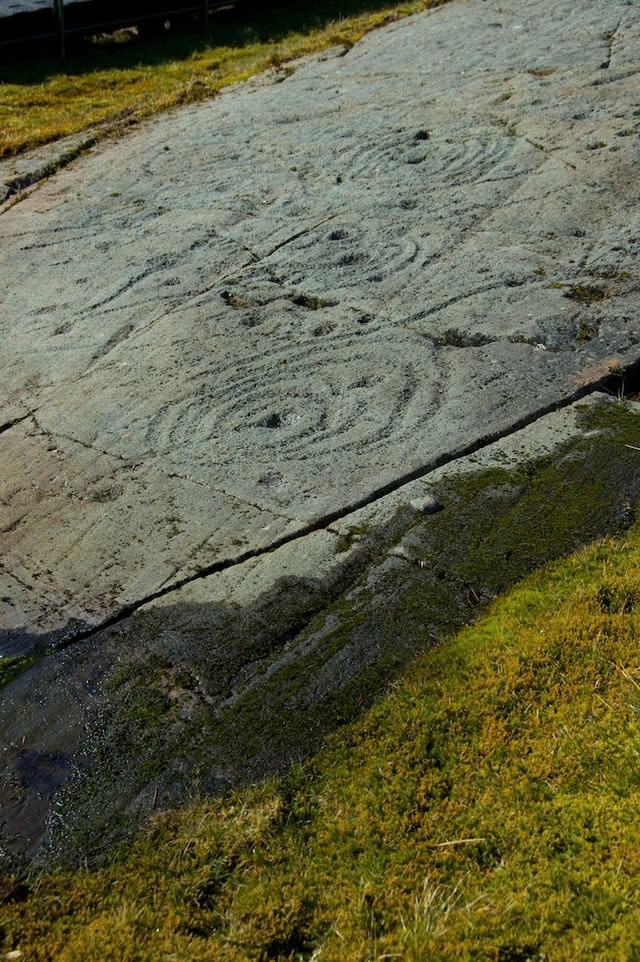
Perhaps the greatest gift of Achnabreck is its mystery. In an age where information is abundant and instantaneous, there is something profound about standing before symbols that have withstood thousands of years of rain, frost, and sunlight, yet still guard their secrets.
A Legacy in Stone
What makes these ancient carvings so compelling is not just their age but their ability to spark wonder across millennia. They remind us that human creativity and the urge to leave a mark are timeless traits that connect us to our ancestors across the vast expanse of history.
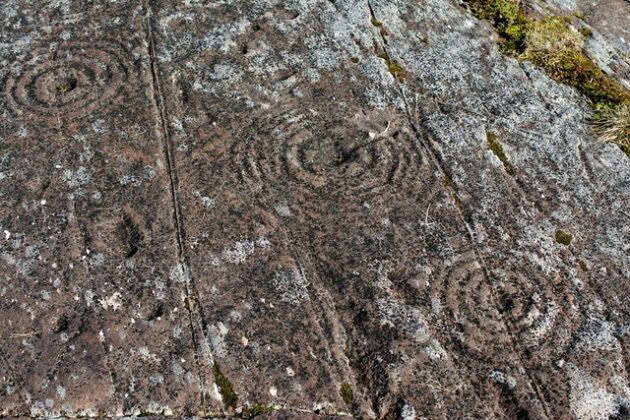
As darkness falls over Kilmartin Glen and stars appear above the ancient rocks, one can’t help but wonder if the people who created these carvings looked up at the same constellations, contemplating their place in the universe just as we do today.
In the end, Achnabreck doesn’t just offer a glimpse into prehistory—it provides a mirror that reflects our enduring human desire to understand, create, and communicate across the boundaries of time itself.

